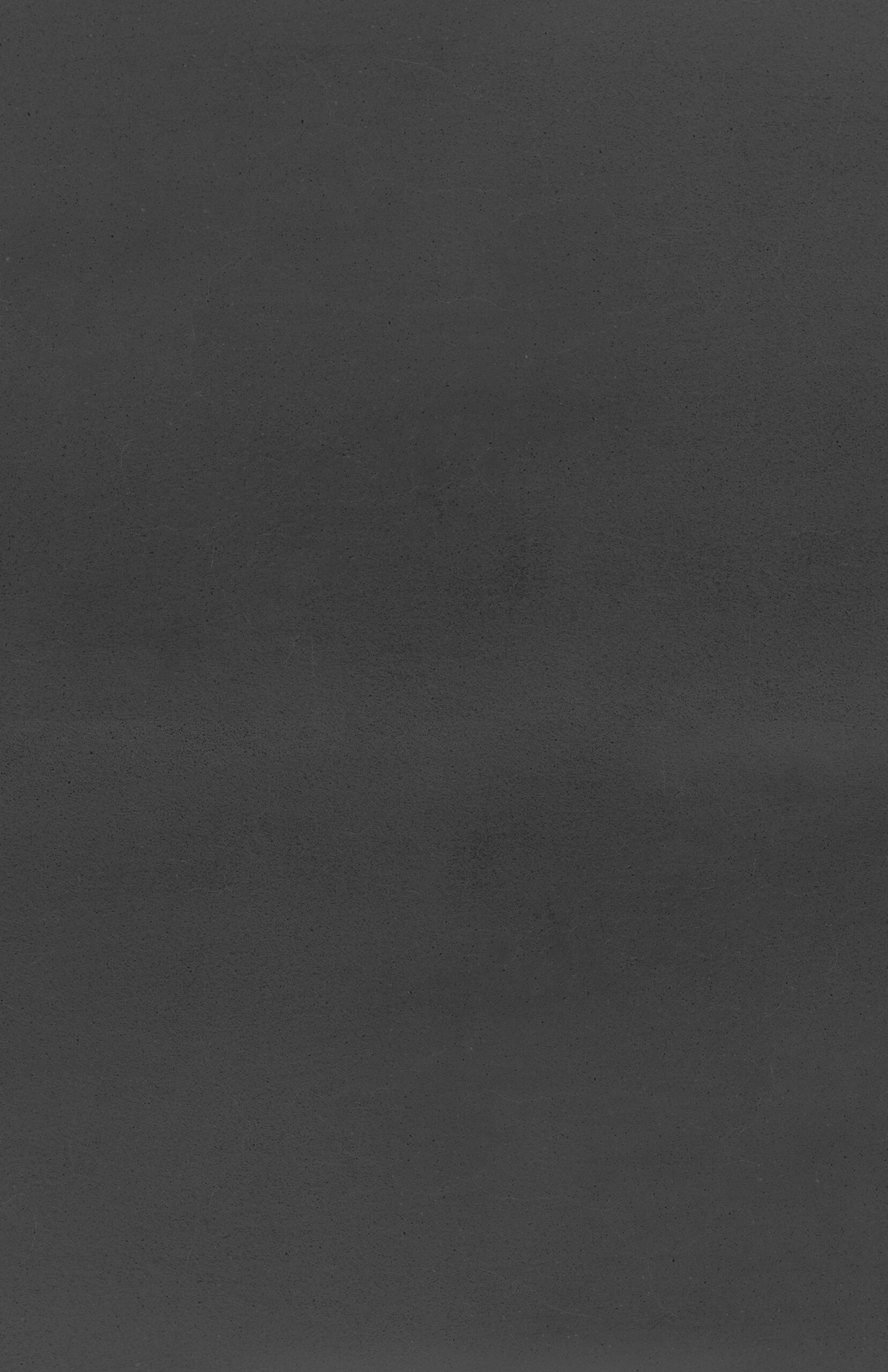
Does Concrete Set in the Rain?
Posted By:Dynamic Concrete Pumping , Date: Mar 17, 2021

Experienced contractors know the battle of working in inclement weather. Ideally, concrete pouring will take place when conditions are sunny and temperatures sit between 40 and 60 degrees Fahrenheit.
An unexpected rain shower can create panic across a job site. However, it’s crucial to pay attention to the factors surrounding your project to determine whether or not excess water will interfere with concrete’s ability to set.
Rainfall and the Curing Process
Water is a main ingredient when spreading a concrete mixture. Adding the correct level of water to cement alters consistency and makes it possible for solutions to harden.
Heavy rain exposure during the early stages of curing causes irreversible effects on concrete. Rainwater creates puddles and channels across slabs that filter deep within mixtures. This compromises the structural integrity of the finished product. Divot marks and scaling are common outcomes of a downpour when surfaces have been sitting for four hours or less.
When Will Poured Concrete Survive a Storm?
Poured concrete that has been curing for six to eight hours will survive a passing storm, but mixtures that do not meet this criteria will absorb the additional moisture.
You should be able to tell if poured concrete has been compromised. Run your hands across the finished surface to feel for surface defects. Resurfacing is a proactive way to correct walkways, building grounds and more without starting your project over from scratch.
Professional contractors can prepare for sudden rain by keeping canopy tents, plastic sheets and tie-downs nearby.
Can You Pour Concrete in the Rain?
It is possible to pour concrete in the rain, but it is recommended to wait for a clear day when possible. Smartphones and weather apps make it easier than ever to monitor the forecast on an hourly basis, so research local conditions even minutes before starting an assignment.
Ensure you have plastic sheeting or a large overhead surface to block rainfall from making its way to curing surfaces. Plastic stakes are excellent for sealing off edges so that water is unable to roll into the mixture. Consider the following if you have no choice but to pour concrete in the rain:
- Locate gutters and downspouts that would put curing areas at risk of damage.
- Check that pouring sites are clear of runoff.
- Remember that dry concrete powders are unsuitable to “soak up” standing water.
- Utilize concrete float tools to push any water accumulation off poured concrete for finishing.
Get in Touch for Concrete Pumping Services in Calgary, Alberta
Dynamic Concrete Pumping specializes in concrete pouring for commercial and industrial construction. Using the latest industry technology, our team ensures high-quality results for your project with tailored solutions for assignments ranging in size. We’re proud to offer concrete pumping and pouring services in Calgary, Alberta and surrounding locations using methods that minimize waste and keep building timelines on schedule.
Ready to get started? Complete our contact form to ask us any questions or request a quote today!

